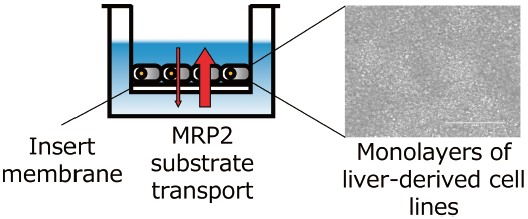- J-STAGE home
- /
- Biological and Pharmaceutical ...
- /
- Volume 45 (2022) Issue 1
- /
- Article overview
-
Kenta Mizoi
Faculty of Pharmacy, Takasaki University of Health and Welfare
-
Misako Kobayashi
Faculty of Pharmacy, Takasaki University of Health and Welfare
-
Arisa Mashimo
Faculty of Pharmacy, Takasaki University of Health and Welfare
-
Eiko Matsumoto
Faculty of Pharmacy, Takasaki University of Health and Welfare
-
Norio Masuda
JSR-Keio University Medical and Chemical Innovation Center (JKiC), JSR Corporation
-
Manabu Itoh
JSR-Keio University Medical and Chemical Innovation Center (JKiC), JSR Corporation
-
Toshiya Ueno
Suntory MONOZUKURI Expert Limited
-
Hidehisa Tachiki
TOWA PHARMACEUTICAL
-
Seiichi Ishida
Center for Biological Safety and Research, National Institute of Health Sciences Department of Applied Life Science, Graduate School of Engineering, Sojo University
-
Takuo Ogihara
Corresponding author
Faculty of Pharmacy, Takasaki University of Health and Welfare Graduate School of Pharmaceutical Sciences, Takasaki University of Health and Welfare
Supplementary material
2022 Volume 45 Issue 1 Pages 150-153
- Published: January 01, 2022 Received: July 16, 2021 Released on J-STAGE: January 01, 2022 Accepted: October 13, 2021 Advance online publication: - Revised: -
(compatible with EndNote, Reference Manager, ProCite, RefWorks)
(compatible with BibDesk, LaTeX)


